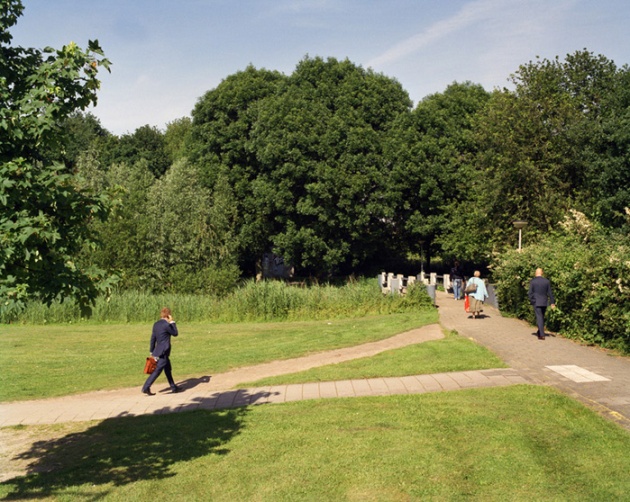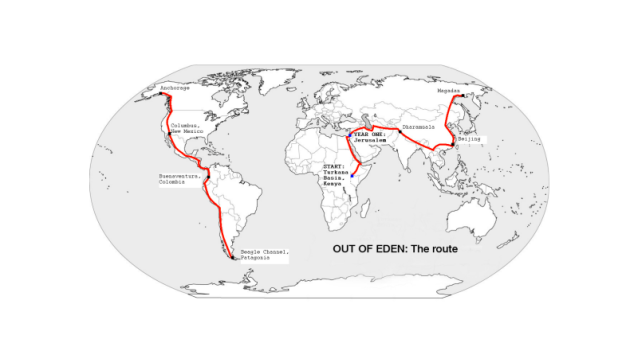During a recent trip to the Forest of Dean I spent a day walking along the River Wye, the fifth longest river in the UK. The river stretches from it’s source in the Welsh mountains for 134 miles and forms part of the border between England and Wales. It flows past several towns and villages including Hereford, Hay-on-Wye, Ross-on-Wye, Monmouth and where I took these photographs at Symonds Yat. I was particularly excited to visit the river as it is where William Gilpin (1724 – 1804), the English artist and clergyman, made his seminal work Observations on the River Wye (1783). Gilpin is now largely considered to be the originator of the idea of the picturesque.
Gilpin’s principles of picturesque beauty were based largely on his knowledge of landscape painting. While he felt that nature was good at producing textures and colours, it was rarely capable of creating the perfect composition. Gilpin thought it was the job of the artist to do so, perhaps in the form of a carefully placed tree within a composition. During the 1760s and 70s he travelled extensively in the UK applying these principles to the landscapes he saw and committing them to his notebook. He later published them in Observations on the River Wye and the work went on to launch the picturesque movement. Gilpin’s book acted like a guide for those exploring England at the time but would go on to change our way of looking at the landscape forever.









